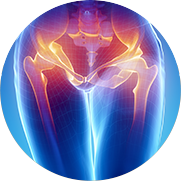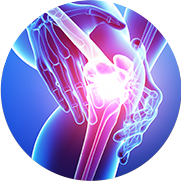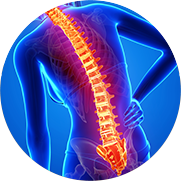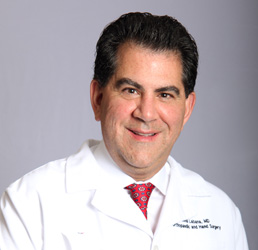What are congenital hand differences?
Babies born with hands that are different than the normal hand have a congenital hand difference.
What causes congenital hand differences?
The upper limb is formed between four and eight weeks after the sperm and egg unite to form an embryo. The embryo develops an arm bud at four weeks. The tip of the arm bud sends messages to each cell as the upper limb forms. Millions of steps are followed to form a normal arm. Failure of any of these steps to occur can result in a congenital hand difference. Research continues into further understanding of this embryonic process. Some congenital hand differences may occur due to a genetic cause. Many congenital hand differences just occur without an apparent cause.
What are different types of congenital hand differences?
One in twenty children is born with some difference from normal, either major or minor. The different groups of congenital hand differences include missing parts of the arm (failure of formation), webbed or fused parts of the hand (failures of separation), extra parts present in the hand (duplication), undergrowth or overgrowth of parts of the hand, or constriction band syndrome.
What are common congenital hand differences?
The most common congenital hand difference in the Caucasian population is webbed fingers (syndactyly). The most common congenital hand difference in the black population is an extra, sixth digit on the little finger side (post-axial polydactyly ). The most common congenital hand difference in the Asian population is an extra thumb (thumb polydactyly).
Which congenital hand difference does my child have?
Because there are so many different congenital hand differences, it is important that your child be evaluated by a hand surgery specialist to help determine if any treatment is needed. Some congenital hand differences are associated with genetic disorders or other medical problems. Your hand specialist may request further genetic evaluation by a geneticist, or may request further medical testing by your pediatrician or family physician.
How do parents feel if their child has congenital hand differences?
Immediately after the birth of a child with a a congenital abnormality, the patents may feel shock, anger and guilt. These are normal emotions. All the dreams of a perfect baby did not take place. Each family member must cope with their feelings. Rarely is there anything parents or doctors could have done differently.
Your newborn doesn’t realize that he or she is different. The baby has all the normal needs of any newborn. The way the baby has formed is normal for him or her, without pain and without a sense of loss. Talk to your physician about support groups or professional help.
Can congenital hand differences be treated?
All babies born with congenital hand differences should be evaluated by a hand specialist to make an individual assessment of the type. Depending on the type of congenital hand difference, treatment may be recommended. For example, webbed fingers are surgically separated. Extra digits can be surgically removed with reconstruction of the remaining digit if necessary. Hand function can be improved if the functions of thumb pinch or finger grasp is compromised. Some congenital hand differences may need therapy to help improve hand function. In some cases, no intervention is necessary.
© 2006 American Society for Surgery of the Hand











